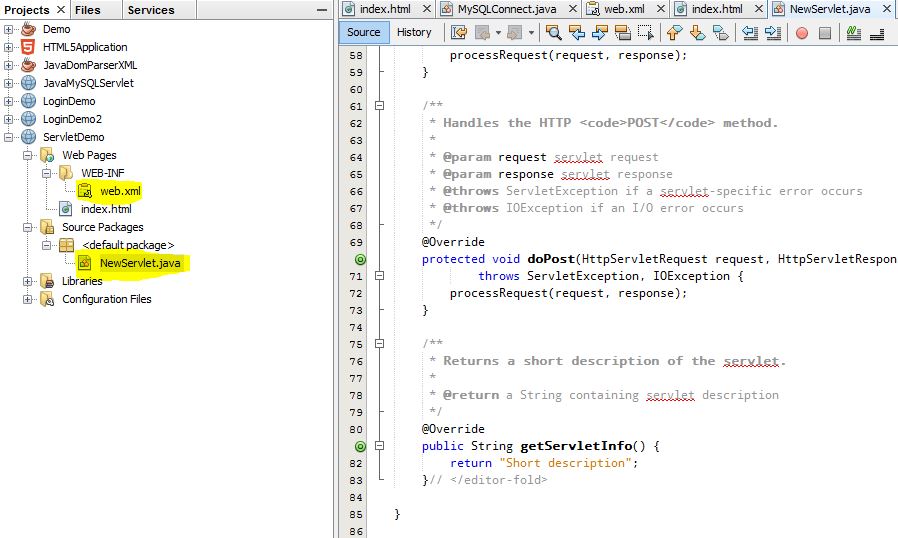

This is a major step because you indicate to NetBeans your intention to use Struts. In the Frameworks panel, select Struts 1.3.8 (see Figure 2).For this example, choose GlassFish v3 server, Java EE 6 Web and do not modify the default context path. In the next panel, you can choose the server that will host this application, the Java EE version and the context path.On this page, under the Project Name section, type login and select the location of the project.Under Projects, select Web Application and click Next (see Figure 1). Creating the Struts Application Stub in NetBeans StyleĪfter you start NetBeans, you can create a Struts application stub with a few simple steps as follows (NetBeans automatically generates this application, which you can consider the starting point for any Struts application):
#Simple login form in java netbeans download#
Remember that you do not need to explicitly download Struts, because Struts 1.3.8 is already bundled in the NetBeans IDE. Before starting, you need to download NetBeans 6.8 or higher (try the Java Web and EE release). If you were unaware of the Struts/NetBeans IDE integration, this article will walk you through the NetBeans interfaces and wizards for developing a simple Struts login application. But did you know that Struts has been integrated into the NetBeans IDE since version 6.7? The current version (as of this writing) is version 6.9 and the example in this article uses NetBeans 6.8.

You know it’s based on the Model-View-Controller (MVC) architecture to separate concerns in an application.

You know Struts is one of the most popular free, open-source frameworks for creating Java Web applications.


 0 kommentar(er)
0 kommentar(er)
